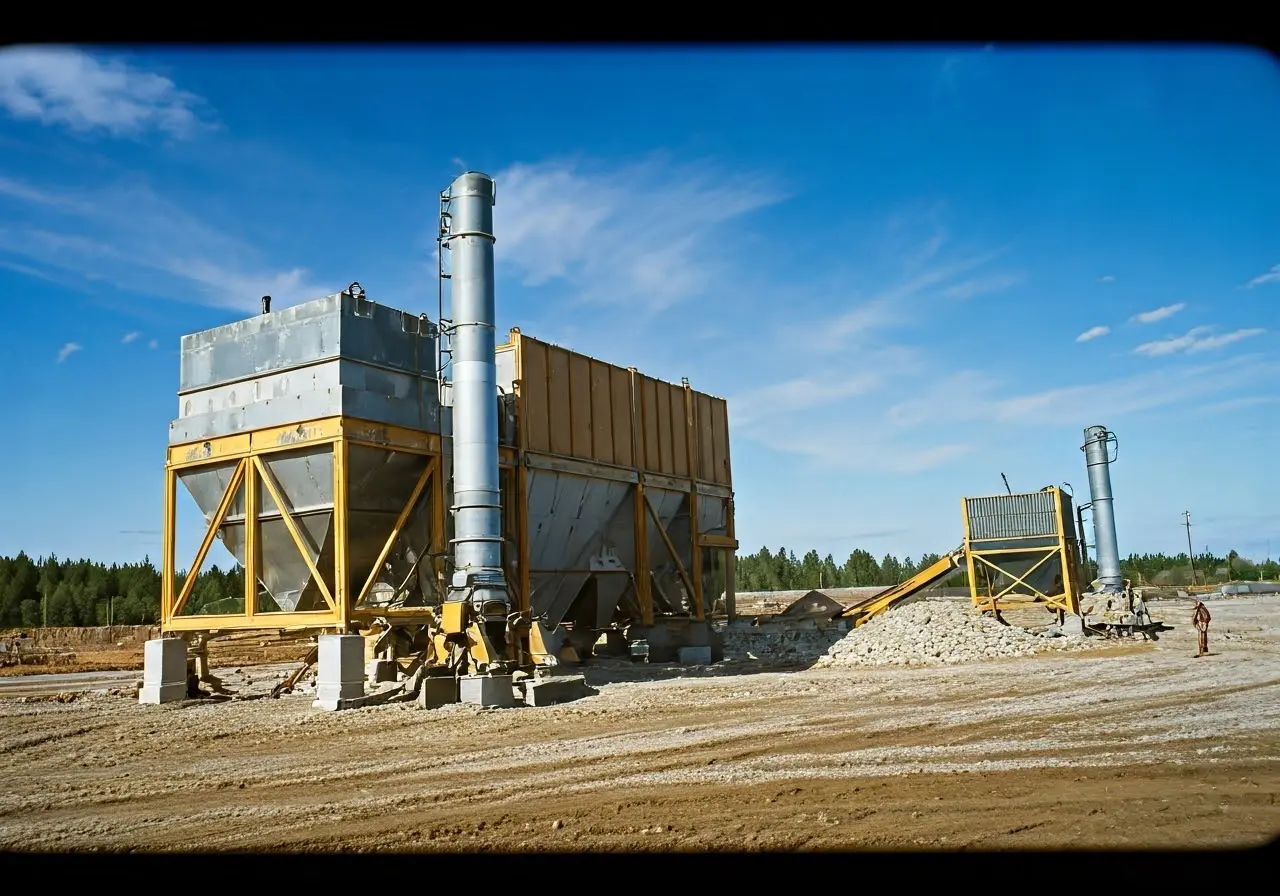In the bustling world of construction, safety and efficiency are paramount. One critical but often overlooked aspect is dust collection. This might seem trivial to some, but the reality is quite the opposite. Let’s delve into the importance of dust collection in construction sites and how it plays a vital role in ensuring a safer and more efficient working environment.
The Hazards of Construction Dust
Construction dust is more than a nuisance; it’s a serious health hazard. From silica to asbestos, these particles can lead to respiratory problems and long-term illnesses. Understanding these risks is crucial for anyone involved in the construction industry. Inhalation of dust particles can cause diseases such as silicosis, lung cancer, and Chronic Obstructive Pulmonary Disease (COPD). These health issues underline the necessity for stringent dust control measures on construction sites.
Additionally, dust not only poses health hazards but can also compromise the safety of the worksite itself. Dust accumulation can reduce visibility, leading to accidents and injuries. For example, when dust collects on surfaces, it can cause slips and falls, a common occurrence in construction. Thus, keeping work areas clean and dust-free is not just about health, it’s also about enhancing overall site safety.
How Dust Collection Systems Work
Dust collection systems are designed to capture and filter out dust from the air. These systems can be tailored to fit a variety of work environments, ensuring that harmful particles are removed efficiently, protecting workers and equipment. Most systems work by using a combination of fans, filters, and ducts to pull in polluted air, capture dust particles, and then release clean air back into the environment.
Moreover, advanced dust collection systems incorporate technologies such as HEPA filters, which are capable of trapping even the most minute particles. This ensures a high level of air quality in construction areas. Such systems not only safeguard worker health but also prevent dust from interfering with sensitive equipment, thereby reducing maintenance costs and improving the durability of machinery. Understanding how these systems operate is key to harnessing their full potential on the job site.
Benefits of Effective Dust Control
Implementing effective dust control measures can significantly improve worksite safety and efficiency. Not only does it protect worker health, but it also reduces maintenance costs by preventing dust from clogging machinery and causing wear and tear. For example, dust control can extend the lifespan of air compressors, blowers, and other equipment by ensuring they remain free of dust-related damage.
Furthermore, enhanced dust control contributes to better project outcomes. A site free of hazardous dust can boost worker productivity, as employees can perform tasks without the hindrance of poor air quality or the need for frequent equipment repairs. Effective dust management can also lead to cleaner, more precise work, which is particularly important in tasks that require a high level of detail and accuracy.
Legal and Regulatory Requirements
There’s a growing body of regulations concerning dust control in construction. Compliance with these regulations is essential to avoid hefty fines and ensure safe working conditions. Agencies such as OSHA outline strict limits on permissible exposure to dust in construction settings. Abiding by these regulations not only avoids legal repercussions but also fosters a safe workplace culture.
Furthermore, staying informed about regulatory changes is crucial. As new research on the health impacts of dust emerges, regulations are often updated to reflect the latest findings. Construction managers must remain up-to-date with these changes to ensure ongoing compliance and the protection of their workforce. Additionally, many jurisdictions offer resources and guidance on implementing effective dust control measures, which can be a valuable tool for companies aiming to meet regulatory standards.
Innovations in Dust Collection Technology
As technology advances, new and more efficient dust collection solutions are emerging. From improved filtration systems to innovative extraction methods, staying updated with the latest technology can offer significant advantages in managing dust on site. For example, some modern systems are designed to operate autonomously, using sensors to detect areas with high dust concentration and automatically adjusting their operation to maintain air quality.
Moreover, the integration of IoT and smart technology into dust collection systems is revolutionizing the industry. With these advancements, operators can monitor dust levels in real-time, receive alerts when maintenance is needed, and adjust systems remotely. This not only enhances the efficiency of dust control efforts but also ensures that systems are always performing optimally, providing a healthier and safer environment for all construction site workers.
The Essential Role of Dust Collection in Construction
Dust collection in construction is more than just a safety measure—it’s an integral part of ensuring a healthy working environment, enhancing equipment longevity, and improving overall project outcomes. Embracing effective dust control solutions is not just beneficial, but necessary for the future of safe and sustainable construction practices.






Hinterlasse einen Kommentar
Diese Website ist durch hCaptcha geschützt und es gelten die allgemeinen Geschäftsbedingungen und Datenschutzbestimmungen von hCaptcha.